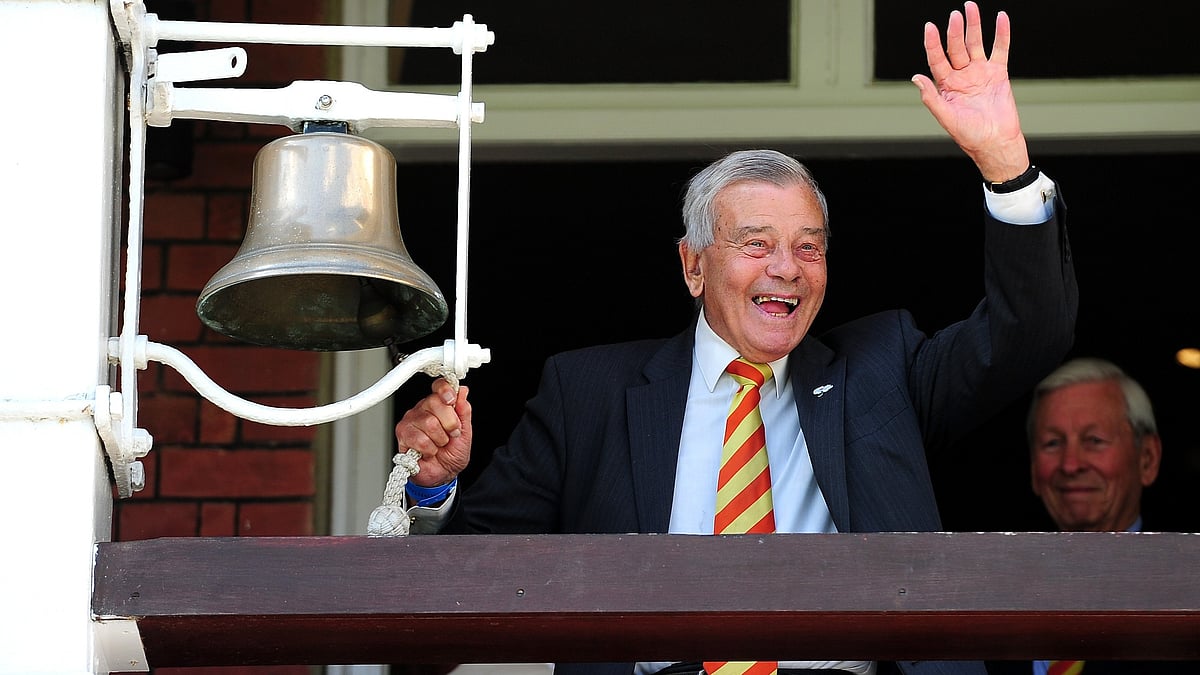The term irrational expectations is quite clichéd and often associated with stock markets. The Sensex has been reaching higher levels progressively and the question asked is whether this is ‘real’. Stock markets are considered to be a barometer of how the economy is interpreted at the broader level even though it is based on expectations of how companies will perform. This is where the conundrum begins.
The interesting thing is that markets across the world are spinning upwards. The S & P 500is up by around 16% over December and the American economy is grappling with inflation every day as there is still no light at the end of the proverbial tunnel. The Fed’s talk of another rate hike or no rate hike has impacted markets all over as FPIs have turned bullish or bearish on a near real time basis. This has been the true manifestation of globalisation which is otherwise ebbing to a near state of ‘withering away’ in Marxian terms. The Nikkei 225 is up by 28%; and hence Sensex going ahead by around 8% looks fairly modest. The Euro STOXX 50 is up by 15% with most major constituent countries doing equally well. And this comes at a time when the world has just escaped a recession but will be slowing down considerably against 2022. The UK is the only outlier where the FTSE is marginally down. The linking of the index movements with GDP growth does look out of place.
Emerging markets have a different story to tell. Along with India, Taiwan and Korea have seen optimism as has Pakistan where the economy is in a decrepit state. China is up by a modest 4.3% while stock indices in Malaysia and Indonesia have fallen. Again, no clear pattern is discernible.
What appears to be common is that the movements in stock indices have nothing to do with the state of the economy. If one looks at India, the picture reads like this. Economic growth is to slow down to 6.5% going by the RBI which is lower than 7.2% witnessed last year. We are still uncertain of inflation, which is the case across the world. Countries like Australia which lowered their rates had increased once again even though global commodity prices appear to be fairly stable at lower levels. Wage and cost inflation along with demand side pressures have added to the pressures.
The industrial growth rate is just about stable at less than 5% though numbers are getting hard to interpret given the base effects. Exports growth has turned negative quite sharply for the last 5 months which is expected due to the global slowdown. FDI slowed down last year by $ 13 bn in fresh equity after being in the region of $ 60 bn. Again, the quantitative tightening in the west has meant fewer resources to invest. Companies are still talking of the elusive rural demand and going by their commentaries when announcing their Q4 results these have turned out to be rolling expectations with the same being carried to the next quarter. Clearly high inflation in the last three years has eroded real consumption even though the pent-up demand phenomenon played outlast year.

The driving factors have been both the FPIs and mutual funds. FPIs are definitely bullish about the Indian economy and believe that this pocket of world geography will witness sustained growth in the next five years or so. While there are problems, these (consumption and investment) have been there for some time which is being addressed through various policy measures on the supply side. The rising income levels provide consumption opportunities and being basically a domestic economy, which grows because of non-exports means that there is some critical decoupling from the world economy. Hence FPIs are bullish and in the first six months of the calendar year have put in $ 11.9bn as against negative $ 14.3 bn last year. In fact, post March in the three months ending June the amount was $ 11.9 bn (March inflows netted out the outflows in Jan and Feb).
Mutual funds have also been investing heavily in equities especially in the first quarter. There has been renewed interest in the market by both the retail and wholesale investor as returns on debt appear to be much lower compared with equity. Hence it is not surprising that both direct investment in the equity market as well as indirect through mutual funds have been buoyant.
When FPIs and mutual funds keep investing in the market it is but natural that a self-fulfilling chain is set in motion. The other factor that plays a role here relates to corporate announcements which appear to be sanguine as usual. Forecasts of earnings are in the double-digit range for the first quarter which is another trigger to keep the market upbeat. But the state of the monsoon, the El Niño effect and kharif prospects can be a dampener and corporate boardrooms still discuss these issues albeit in hushed tones.
Putting all the pieces together, the emerging picture is that stock market movements on a real-time basis are not really reflective of the buoyancy of the economy. It is a combination of various sentiments that keep changing by the day. The demand side plays a critical role and becomes self-reinforcing. This is what is being seen today. Often times such buoyancy in the Sensex is used to conclude that the economy is doing very well. This is certainly not the case and the pictures in other countries prove this point. It seems more like going with the tide these days with some bright images buttressing hope.
The author is Chief Economist, Bank of Baroda and author of ‘Corporate Quirks: The Darker Side of the Sun’. Views are personal












